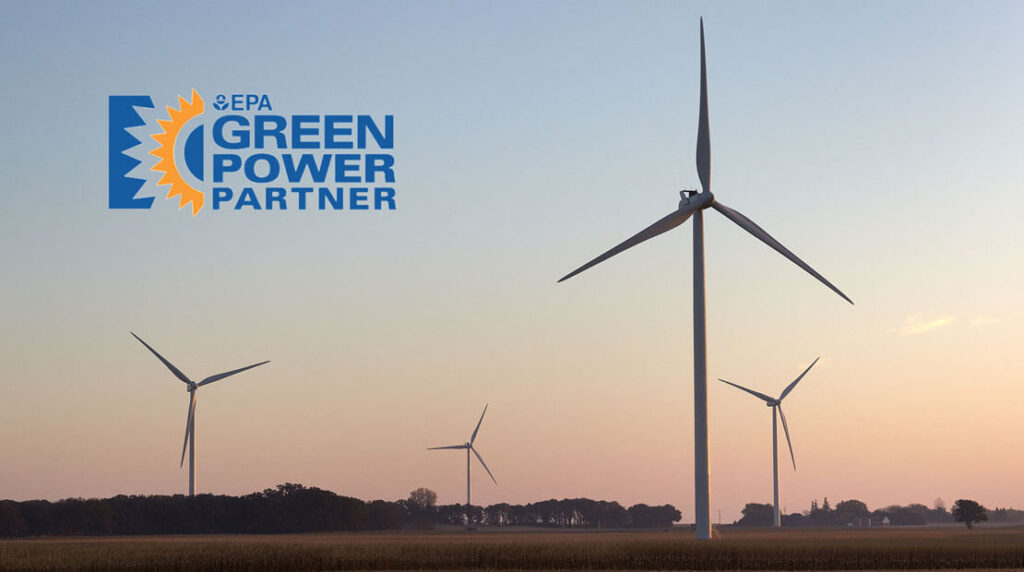Steel Dynamics Inc. (SDI), based in Fort Wayne, Indiana, has recently joined the Green Power Partnership (GPP) of the U.S. Environmental Protection Agency (EPA). As a leader in recycled-content steel production, SDI is also constructing a large recycled-content aluminum production facility in Mississippi. The company has made significant strides in sustainability, ranking No. 21 among the GPP’s Fortune 500 partners and 33rd on the EPA’s national Top 100 List of the largest green power users.
In 2023, SDI’s electric arc furnace (EAF) steel mills utilized an impressive 690 million kilowatt-hours (kWh) of EPA-recognized green power, which accounted for 10% of its steel mill operations’ electricity needs. This achievement allowed SDI to meet its 2025 renewable electrical energy goal two years ahead of schedule.
Jeff Hansen, SDI’s Vice President of Environmental Sustainability, expressed pride in the company’s recognition by the EPA. “By integrating renewable power into our energy mix, we are not only reducing our emissions footprint but also supporting the growth of the renewable energy market,” he stated.
James Critchfield, Program Director of the EPA’s GPP, highlighted the impact of such initiatives, saying, “This list of the largest users of green power across the nation demonstrates that effective business practices can positively influence the environment.” The EPA applauds organizations committed to expanding their green power usage.

In a groundbreaking move last year, SDI signed what is described as the largest renewable product purchase agreement in the North American steel industry, covering approximately 15% of the electricity consumed by its steel mills. The agreement’s wind energy supplier commenced operations in the first quarter of 2024, marking a significant advancement in SDI’s renewable energy strategy.
The company’s focus on recycled metal has allowed EAF producers like SDI to achieve a smaller carbon emissions footprint compared to traditional steel production methods. By favoring metallic feedstock, these producers are actively working to further reduce their carbon footprints by adopting wind, solar, and other non-fossil fuel energy sources.
Looking ahead, SDI aims to utilize 30% renewable energy by 2030, solidifying its position as a leader in the production of lower-carbon, high-quality steel products. The company is committed to playing a crucial role in the decarbonization of the steel industry.



